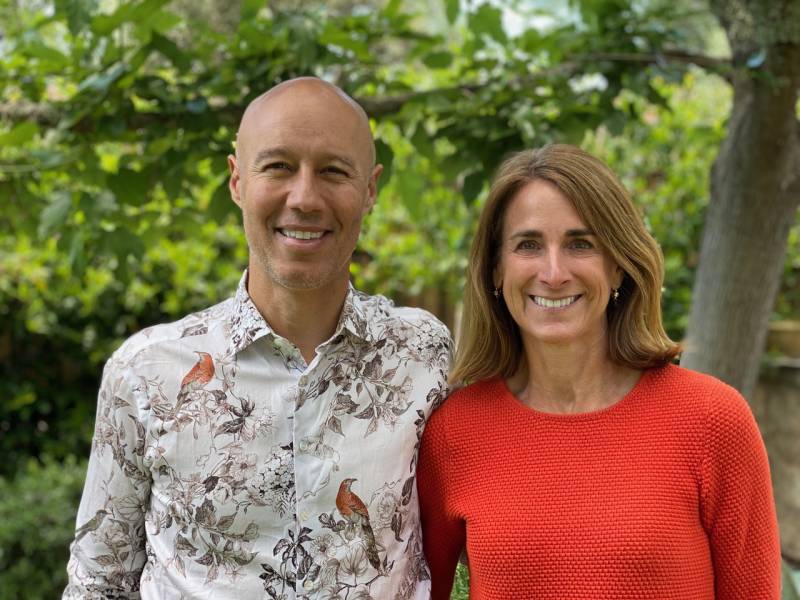She is pushing a bill co-sponsored by CalNonprofits, among others, that would codify the legal definition of a DAF and require the state attorney general’s office to establish a classification for sponsoring organizations. That’s it: just to lay the groundwork for future regulation, that might be the inspiration or impetus for change at the federal level.
But modest as AB 2936 is, the League of California Community Foundations is opposed. The group’s 30 members have just over 7,200 donor-advised funds under management with about $10 billion in assets, though not evenly distributed.
One community foundation in particular dominates that scene. The Silicon Valley Community Foundation reports $8.74 billion in advised funds in 2019, in large part because of its donor base in Silicon Valley. Marquee donors include Mark Zuckerberg and Jack Dorsey.
SVCF has policies in place to nudge donors who are letting their DAFs lie dormant.
“If fund advisors do not recommend grants for two years, we contact them to request that they do so. If the fund remains dormant, SVCF can absorb the fund into our endowment and the money will be deployed to our community,” wrote Communications Director Chau Vuong.
Fidelity Charitable, arguably the big fish in the industry with 140,000 DAFs in 2019, follows a similar protocol.
“After two years in which no grants are distributed from a Giving Account, Fidelity Charitable will make grants from the Giving Account to IRS-qualified public charities approved by the Trustees of Fidelity Charitable,” wrote the company’s Director of Media Relations Nabil Ashour.
How Long Is Too Long?
Vuong argues SVCF is delivering to the nonprofits that depend on it.
“In general we have a payout rate of 9‐15% each year, which is significantly higher than the 5% required of private foundations,” Vuong said. “This year, with the onset of COVID‐19, CEO Nicole Taylor initially put out an urgent call to action in which she encouraged fundholders to deploy an additional 1‐5% more from their accounts, on top of what they were already giving or planning to give this year, to support COVID‐19-related causes.”
But not everyone is convinced donors should feel compelled to empty their DAFs as fast as they fill them.
James Head, CEO of East Bay Community Foundation and chair of the League, argues the vast majority of DAFs are not set up by Silicon Valley bigwigs, but smaller operators keen to make a difference over the long term.
“You know, we have COVID-19 today. We may have a wildfire tomorrow,” Head said. “We could have an earthquake the following week. There are constantly needs.”

